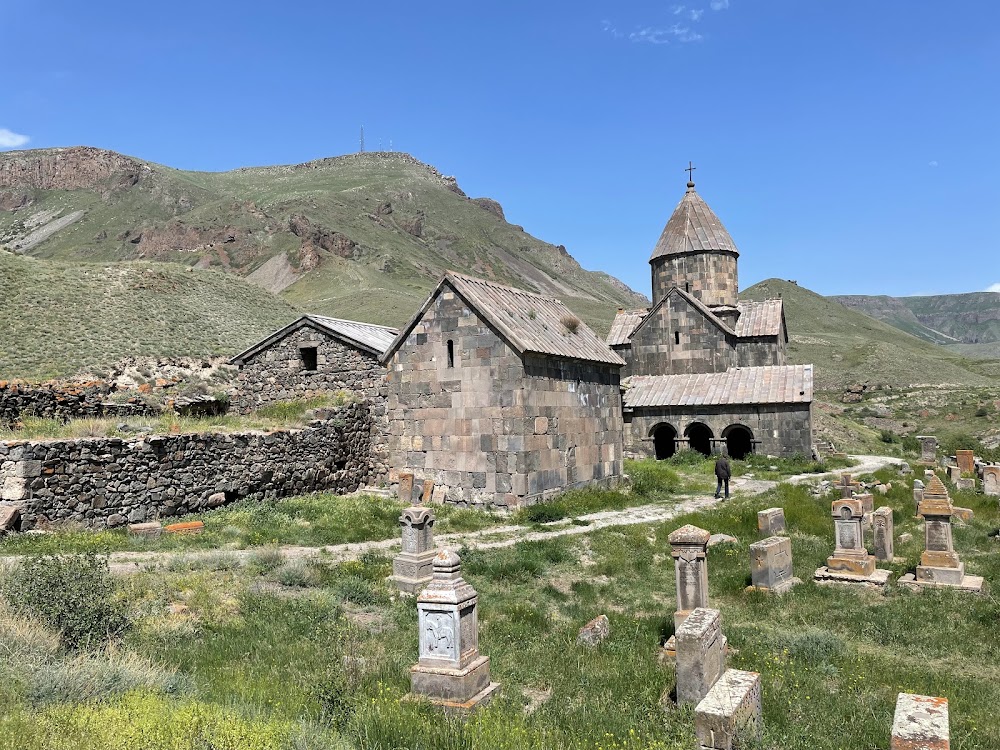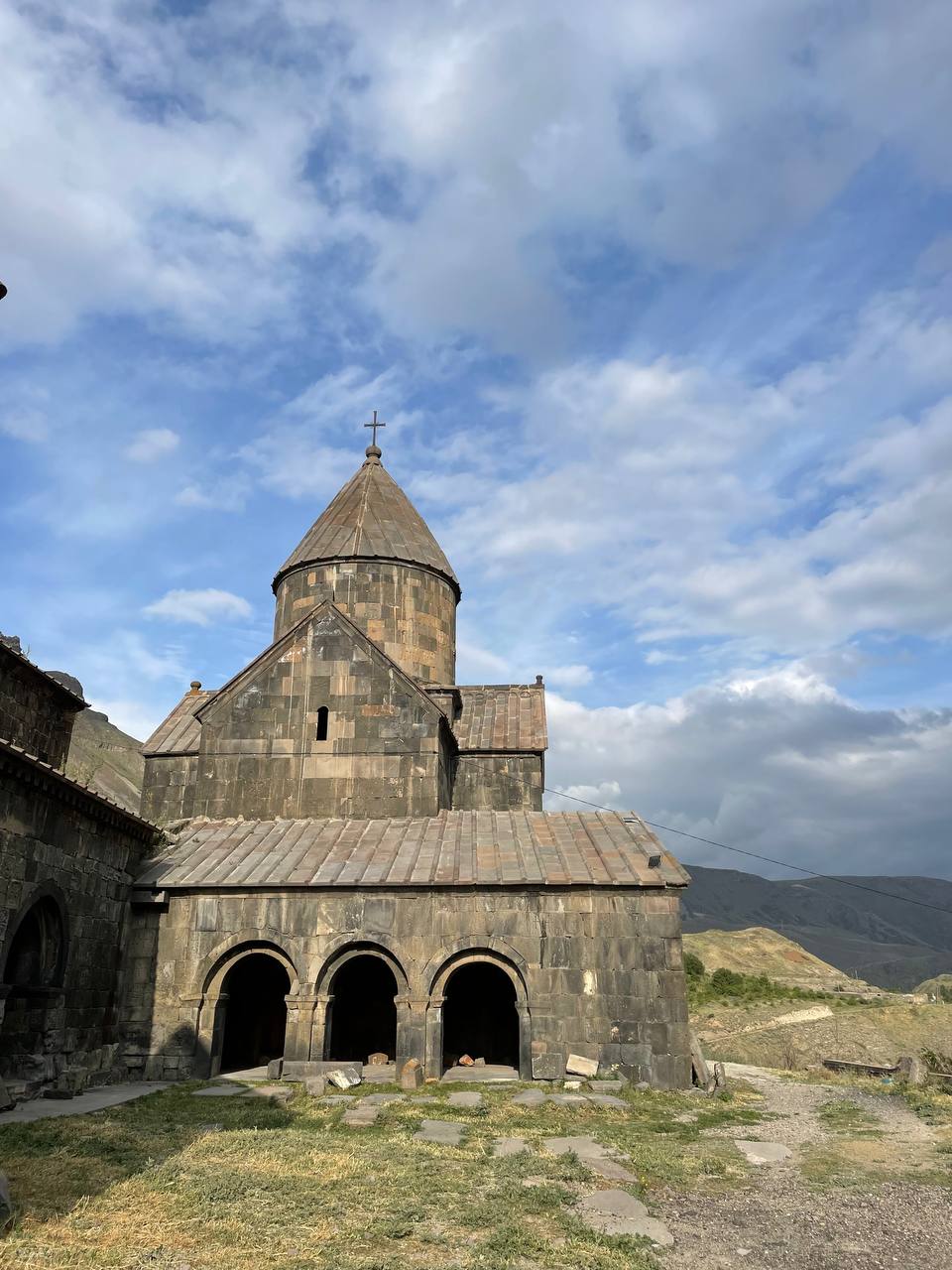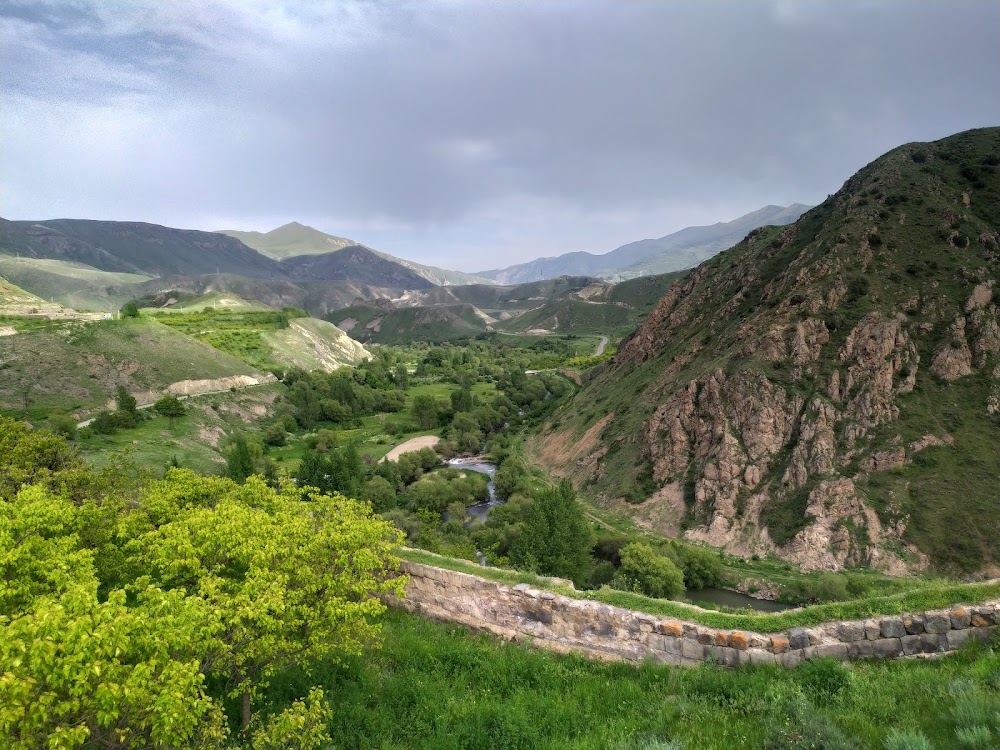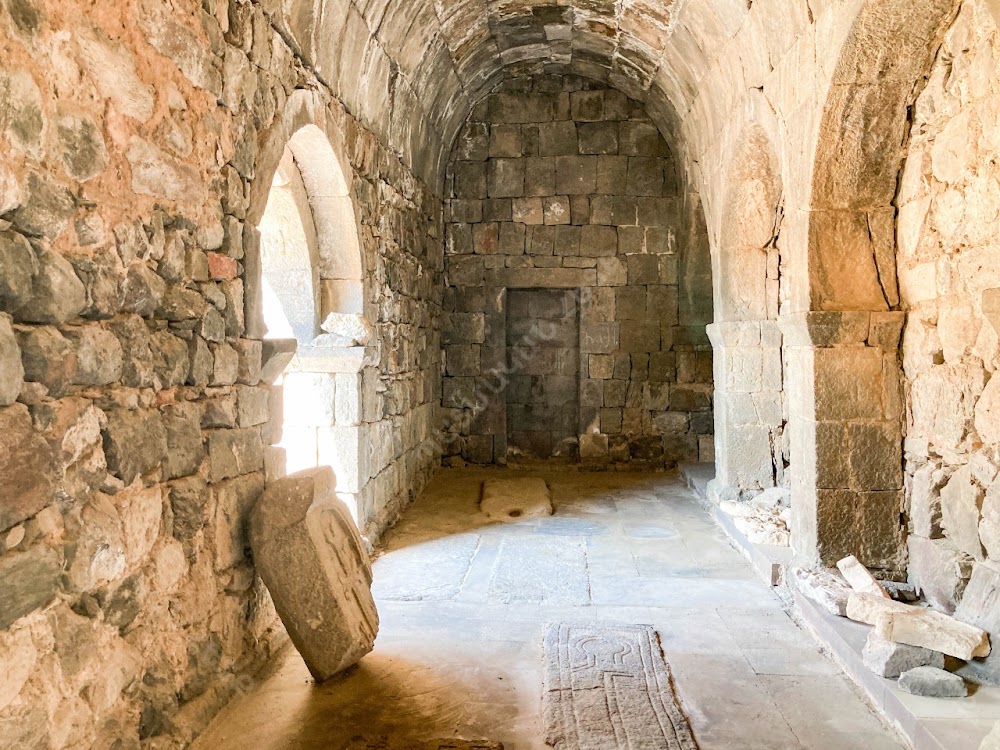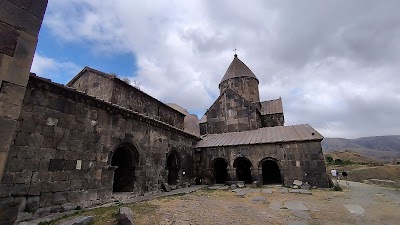Vorotnavank Monastery (Որոտնավանք)
Overview
Discovering Vorotnavank Monastery
Nestled serenely in the enchanting Syunik Province of Armenia, Vorotnavank Monastery is a treasure trove of historical and natural beauty. Perched on a stunning plateau that overlooks the Vorotan River gorge, this monastery exemplifies the architectural grandeur and spiritual significance typical of medieval Armenian religious sites.
Historical Significance
Dating back to the 10th century, Vorotnavank is believed to have been founded by Queen Shahandukht, the mother of King Smbat II and a prominent figure in Syunik. This period marked a significant cultural and political renaissance in Armenia, making the monastery a crucial religious center, a fortress, and a hub for learning that shaped medieval Armenian culture and history.
Architectural Highlights
The monastic complex features two main churches: St. Stepanos and the Holy Mother of God (Surb Astvatsatsin). St. Stepanos Church, the elder of the duo, was built around 1000 AD. Its domed, cruciform design is adorned with intricate carvings and inscriptions that showcase the classic Armenian architectural style, with stunning contrasts of basalt stone and red tufa.
Constructed a few decades later around 1006 AD, the Holy Mother of God Church was commissioned by Princess Zabel, the great-granddaughter of Queen Shahandukht. This basilican church, with its single nave and vaulted roof, offers a tranquil elegance despite its simpler design. The walls are beautifully decorated with crosses and ornamental carvings, reflecting the exceptional craftsmanship of the era.
Fortifications and Resilience
Vorotnavank was fortified with thick defensive walls to protect it during invasions and conflicts. Its elevated, strategic location transformed it into a stronghold, especially during the tumultuous Seljuk invasions in the 12th century. Despite facing numerous attacks, the monastery weathered the storms of history, steadfastly continuing its religious and educational missions.
A Center for Learning
Within its walls, Vorotnavank also housed a scriptorium, where dedicated monks meticulously copied and illuminated manuscripts. This vital aspect of the monastery underscores its role as a center of learning and culture, with many manuscripts produced here becoming cherished parts of Armenia’s rich literary heritage.
Preservation Efforts
Over the years, Vorotnavank has undergone several restoration initiatives to preserve its historical significance. The most notable efforts took place in the 1980s and early 21st century, focusing on stabilizing the structures and conserving intricate stone carvings. These restorations have been crucial in maintaining the monastery's integrity, ensuring it remains a revered site for pilgrimage and historical interest.
Visiting Vorotnavank Today
Today, visitors to Vorotnavank can experience the echoes of its ancient past. The serene surroundings, majestic architecture, and remnants of centuries-old prayers create an atmosphere imbued with timelessness. More than just a monument of faith, Vorotnavank stands as a powerful symbol of Armenia's resilience and cultural richness, inviting all who visit to reflect on its profound legacy.


